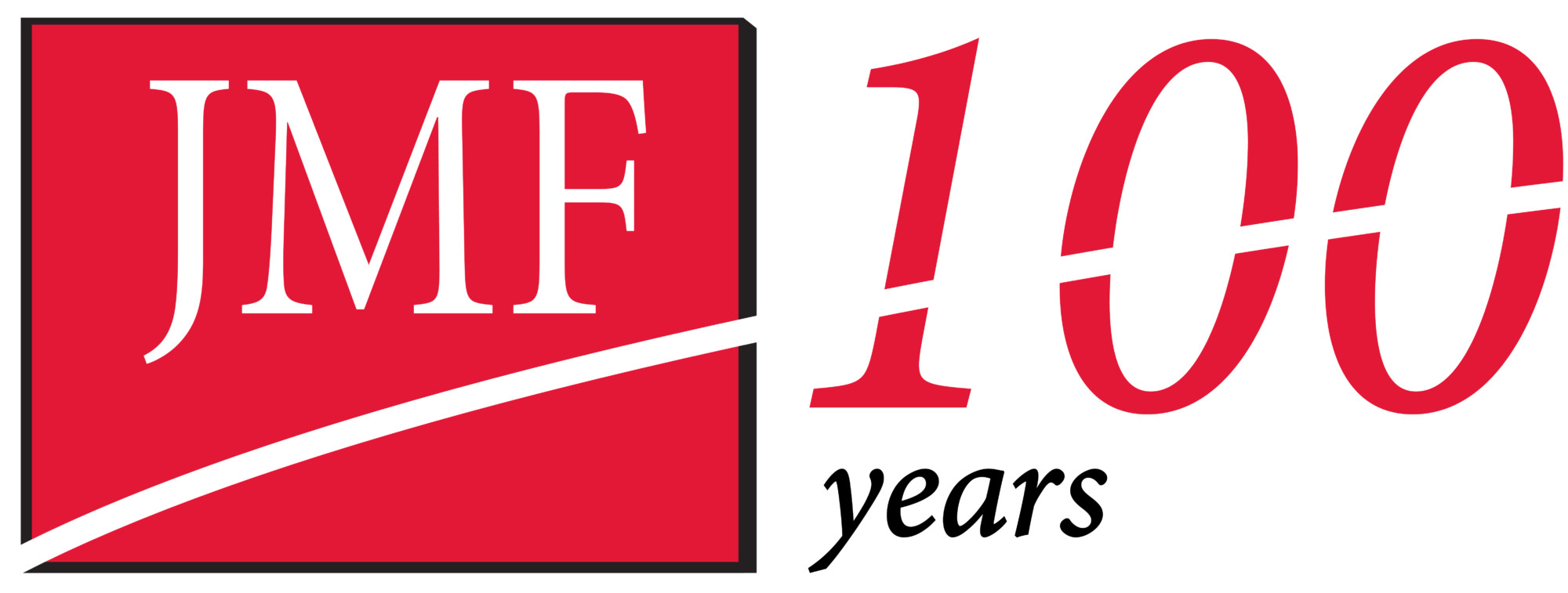While the climate for tax reform remains uncertain, individual taxpayers and small-business owners are advised to act based on the current laws of the land, unless there is a definite change. Keeping that in mind, here are seven ideas to consider as we head into summer.
1. Harvest capital gains or losses. The maximum tax rate for long-term capital gains is 15%, or 20% for certain high-income taxpayers. When appropriate, you may realize capital gains to benefit from this special tax treatment. Conversely, if it suits your purposes, you might harvest capital losses instead. Capital losses offset capital gains plus up to $3,000 of ordinary income. Any remaining loss is carried over to the next year. If this situation sounds familiar to you, you might reach out to JMF Capstone Wealth Management.
2. Sweep up charitable deductions. Generally, you can deduct the fair market value (FMV) of property you donate to a qualified charitable organization if you have owned the property for more than a year. For example, if you decide to clean out the basement, attic or garage during the warm weather, you might give gently used clothing and furniture in good condition to charity and then claim a deduction.
3. Secure fast business write-offs. Under Section 179 of the tax code, you may currently deduct the cost of qualified business property placed in service during the year, up to a maximum of $510,000 in 2017. In addition, you can claim 50% “bonus depreciation” for qualified business property placed in service this year. Note: Other special limits apply to vehicles (see “Facts and Figures”).
4. Support a new college graduate. If your child graduated from college in May, you still may be entitled to a $4,050 dependency exemption for 2017 if you provide more than half of the child’s annual support. Figure out how much more support you must give to push past the halfway point. This is likely the last time you will qualify for the exemption.
5. Go the distance. If you travel away from home on business, you may deduct your travel expenses—including airfare, lodging and 50% of the cost of meals—if the primary purpose of the trip is business related. But the number of days spent on business versus pleasure is crucial, so pay close attention to your allocation of time.
6. Enjoy deductible entertainment. A small-business owner who entertains clients during the summer may be in line for entertainment deductions. For instance, if you treat a client to a round of golf before or after a “substantial business discussion,” you can deduct 50% of the fees, club rentals, and food and drinks afterward. If the client travels from a distant location, the discussion can take place either the day before or after the golf outing.
7. Send the children to camp. If your child is age 13 or younger and attends a summer day camp, the cost may qualify for the dependent care credit. Generally, the maximum credit is $600 for one child and $1,200 for two or more children. However, the cost of overnight camp does not qualify.
These are just seven midyear tax strategies. Schedule a meeting with your JMF CPA to discuss whether any of these ideas, or others, apply to your situation.







Leave A Comment
You must be logged in to post a comment.